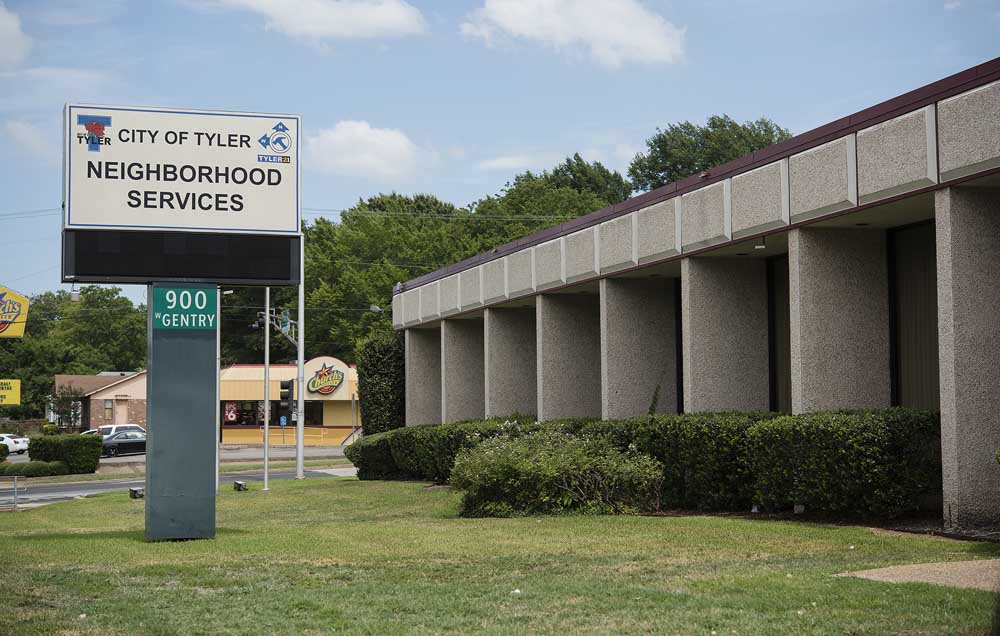‘Ronin’ is too good to pass up; more should watch it
Published 3:51 pm Tuesday, September 24, 2013
I’m cheating here.
This column is supposed to be reserved for movies I’ve never seen, a qualification which “Ronin” most certainly does not fit as I’ve watched at least a dozen times. I’ve even written about it before in the entertainment section. But “Ronin” is just too good and far too overlooked as a film to not include in my series on director John Frankenheimer.
This is a long way of saying, “I’m writing about ‘Ronin’ because it’s John Frankenheimer’s best movie, and more people should watch it.”
On the surface there’s nothing really that sticks out about “Ronin.” Some shadowy European organization hires a group of international mercenaries to steal a case, the contents of which are unknown. Shootouts, car chases, explosions and betrayals ensue. Sounds like pretty standard stuff, right? “Ronin” is proof that it’s all in the execution that a movie can go from rote to remarkable.
I love that this feels so contained, like it’s just one small pocket of shadowy crime going on in a world that is only tangentially aware of these mercenaries (thanks to the havoc they wreak in their cars). I love that the stakes are relatively small, and yet they’re huge to our characters.
I love that character relationships are established almost immediately, with little more than a few lines of dialogue and a few glances thanks to the compact script written by David Mamet (credited here under the pseudonym Richard Weisz, for some reason) and the tightly wound performances. (This marks one of the last times Robert De Niro actually seemed to give a rip about his acting.) The whole film is just an impressively efficient bit of filmmaking, with not a wasted moment or frame, always building tension, always setting a sense of place, always pushing things forward.
I love that you never find out what’s in the case.
What truly cements the film’s legacy, though, are the car chases. As evidenced in “Grand Prix,” Frankenheimer flourished when it came to speed, a quality that is put to tremendous use here as “Ronin” contains what are, for my money, the best chases ever put to film. Yes, better than “Bullitt,” better than “The French Connection.”
That commitment to reality and that blazing sense of speed Frankenheimer nailed in “Grand Prix?” He uses that here, only now he’s not confined to a racetrack. His cars careen and slide and soar through twisty mountain roads and perilously narrow European alleyways, all using real cars, and often with the stars behind the wheel doing the driving.
A sense of geography is always important to any action sequence, and Frankenheimer was a master at shooting these scenes cleanly and providing a tight sense of where these vehicles are headed and where each is in relation to the others. Again, there is simply no substitute for the real thing, a point proven more and more as Frankenheimer’s style of shooting action becomes more and more rare.
“Ronin” is Frankenheimer’s masterpiece. It’s smart piece of filmmaking that respects its audience and goes for broke where it matters most. It contains his trademark commitment to reality while also still treading in the thriller territory that he was drawn to so often. Sadly, we’ll never get another movie like this from him. Frankenheimer passed away at the age of 72 in 2002.
Next week I’ll begin a new series taking a look at some classic horror films, including “The Cabinet of Dr. Caligari,” the original “The Creature from the Black Lagoon,” “The Thing From Another World,” the original “The Mummy” and the original “Dracula.”
Every week, Entertainment Editor Stewart Smith brings a new entry in “Catching Up On…” an ongoing series attempting to fill in the gaps of his cinematic education.






